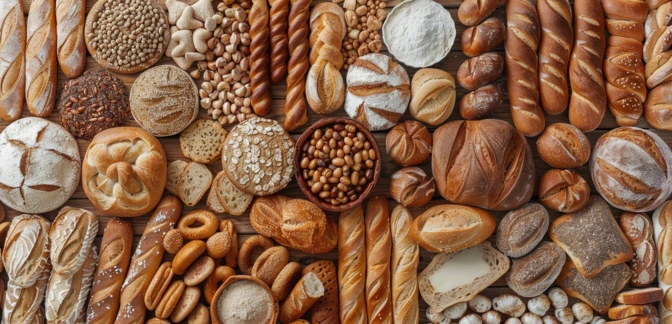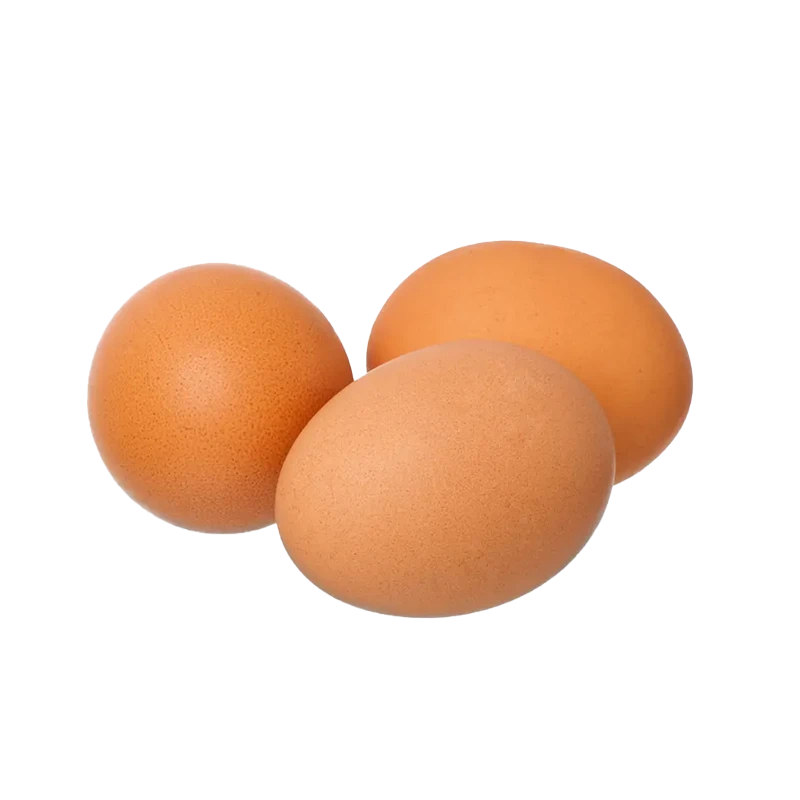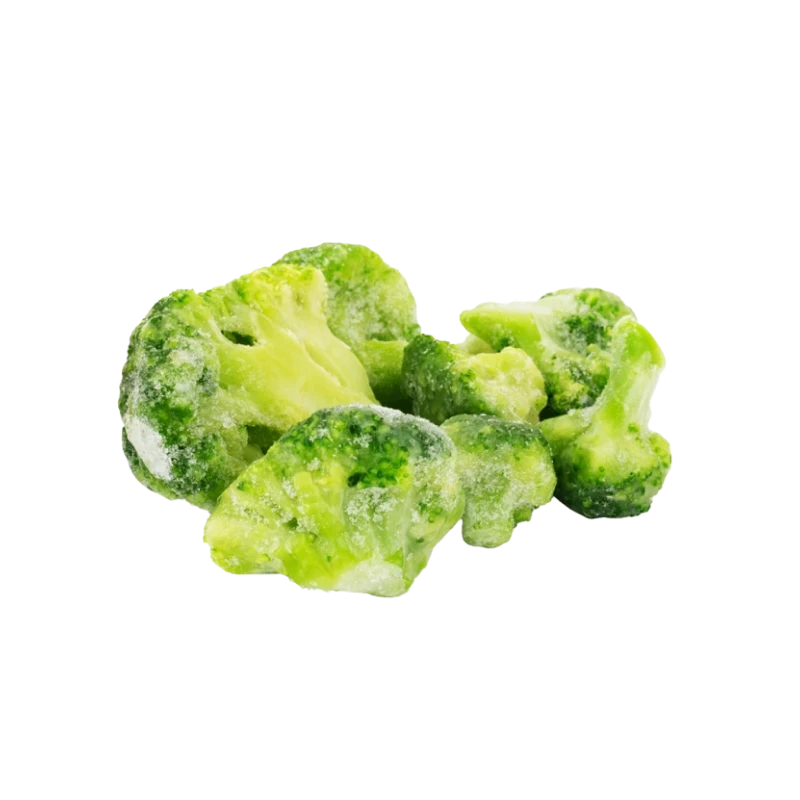Crescent Rolls — Nutrients, Health Benefits, and Shopping Tips

Written by Listonic Team
Last update on September 5, 2024
Crescent rolls nutrients
Nutrition facts
Amount per 100 g
Calories
🔥 357 kcal
| Nutrients per: 100 g | Value | % Daily Value* |
|---|---|---|
| Carbs | 42 g | 15.27% |
| Fiber | 1 g | 3.57% |
| Sugars | 7 g | 14% |
| Glycemic Index | 67 | - |
| Protein | 7 g | 14% |
| Sodium | 667 mg | 29% |
| Total Fat | 18 | 23.08% |
*The % of Daily Value (DV) tells you how much a nutrient in a serving of food contributes to a daily diet. 2,000 calories a day is used for general nutrition advice.
Crescent rolls facts & tips
Health benefits
- Provides quick energy due to their carbohydrate content.
- Enhances enjoyment and satisfaction as a baked treat, contributing to emotional well-being.
- Convenient and easy to prepare, making them a popular choice for quick meals or snacks.
- Versatile, as they can be filled with various ingredients for a more nutritious option.
Health risks
- High fat content particularly in crescent rolls made with butter or hydrogenated oils, which can raise cholesterol levels and increase the risk of heart disease when consumed frequently.
- High calorie content which can contribute to weight gain if consumed frequently or in large portions, particularly as a snack or part of a meal.
- High sodium content in many commercial crescent rolls, which can contribute to hypertension and increased cardiovascular risks.
- Low nutrient density as crescent rolls are typically made from refined flour, offering limited vitamins or minerals.
How to choose crescent rolls
Crescent rolls should have a uniform shape and a golden-brown color when baked, with a flaky texture. The dough should be cold and not sticky when removed from the packaging, indicating it has been stored properly.
Avoid crescent rolls where the dough is warm or has begun to rise in the package, as this can affect how they bake. Packages that are open or damaged should also be avoided, as the dough may dry out and not perform well.

How to store crescent rolls
Crescent rolls should be stored at room temperature in an airtight container. Proper storage keeps them soft and flaky for up to two days. For longer storage, consider freezing.
Air exposure can cause crescent rolls to become stale. Avoid leaving them uncovered, and always reseal the packaging tightly. Reheat briefly before serving to restore their softness.
✅ Extra Tip
How long do they last?
Crescent rolls can last for 1-2 days at room temperature when stored in an airtight container. If refrigerated, they can last for 5-7 days. For longer storage, crescent rolls can be frozen for up to 2-3 months. Reheat them to enjoy their original softness and flavor.
What to do with leftovers?
Leftover crescent rolls can be used in a variety of sweet and savory dishes. Use them as a base for mini sandwiches with deli meats, cheese, and vegetables, or roll them up with chocolate, jam, or cream cheese for a quick and easy dessert. Crescent rolls are also great when used as a topping for casseroles or pot pies.
Use crescent rolls to make cinnamon rolls by rolling the dough with butter, cinnamon, and sugar, then baking until golden. If you have a lot of crescent rolls, consider making a batch of crescent roll bites by wrapping the dough around sausage, cheese, or fruit and baking until crispy. Crescent rolls can also be sliced and used as a base for appetizers with toppings like pesto, cheese, or vegetables. For a quick snack, enjoy crescent rolls with butter and honey, or serve them with a side of soup or salad for a light meal.
👨⚕️️ Medical disclaimer
Discover products from other categories
Listonic Team
Fact-checked
Our editorial team checked this article to make sure it was accurate at the time of publishing it.
Get the top-rated shopping list app







